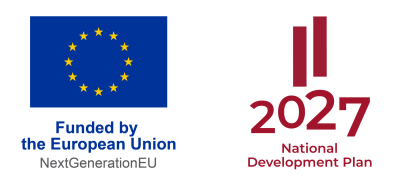
EpiDentLatvia: Mapping the Epidemiological Profile of Oral Health in Latvian Children and Adolescents
Aim
Description
Oral diseases remain a public health issue in Latvia, with nearly 100% of 12-year-old children affected. The consequences include high out-of-pocket expenses, reduced productivity, and barriers to dental care. EpiDentLatvia aims to generate actionable insights into oral health in Latvia by analyzing existing datasets to identify modifiable risk factors, predict service needs, assess disparities in care, and develop evidence-based policy recommendations. The grant uses advanced machine learning and statistical modeling to analyze datasets on early childhood caries, hospitalizations due to caries, dental service coverage, and adolescent oral health. Objectives include profiling adolescents' oral health, evaluating the long-term effects of service disruptions (such as during pandemics), and mapping dental service accessibility using geographic information systems (GIS). Outcomes include five Q1 journal submissions, open datasets through the RSU Dataverse, and a policy brief for authorities to reduce ECC prevalence by 20% and dental expenses by 10%. By integrating dental, public health, and statistical approaches, EpiDentLatvia ensures sustainability and advances predictive models for oral health research and policy.
Project team
Presentations at Scientific Conferences
26.09.2025. Uribe, S., Grišakova, J., Maldupa, I. Does Machine Learning Improve ECC Risk Modelling Over Traditional Regression? 29th European Association of Dental Public Health Congress (29th EADPH Congress), 25–27 September 2025, Rome. LinkedIn





